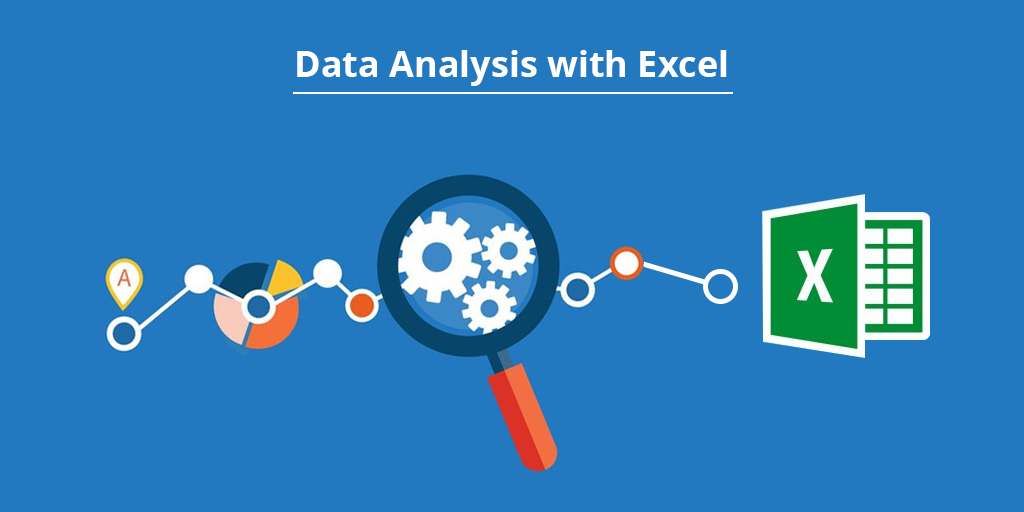Free eBooks for Beginners
Filtering data is a fundamental part of data analysis, as it allows you to quickly identify specific values, patterns, or trends in your data. Whether you’re a beginner or an experienced data analyst, being able to effectively filter data in Excel is an important skill. In this article, we’ll explore filtering data in Excel, without the use of any code.
To filter data in Excel, you start by selecting the data you want to filter. Then, you can use the “Sort & Filter” option in the “Data” tab to choose from a range of filtering options. For example, you can choose to filter data based on specific values, or filter data based on a range of values.
One of the most common uses of filtering data is to hide rows that do not contain specific values. For example, you might choose to hide all rows that do not contain the word “apple” in a column. This can help you quickly focus on the data that is most relevant to your analysis.
Another use of filtering data is to sort your data based on specific values. For example, you might choose to sort your data based on the values in a column, such as sorting a column of dates in ascending or descending order. This can help you quickly find specific values, such as the earliest or latest date in your data.
Filtering data can also be used to show only specific rows that meet certain conditions. For example, you might choose to show only rows where the values in a column are above a certain threshold. This can help you quickly identify rows that contain values that are higher than you expect.
Another use of filtering data is to show only unique values in a column. For example, you might choose to show only unique values in a column of names, so that you can quickly identify any duplicate values. This can be particularly useful when working with large datasets.
It’s important to note that filtering data can be customized in many ways. For example, you can choose to filter data based on multiple conditions, such as showing only rows that contain both the word “apple” and the value “10” in different columns. You can also choose to filter data based on complex formulas, such as showing only rows where the values in one column are greater than the values in another column.
In conclusion, filtering data is a fundamental part of data analysis in Excel. Whether you’re a beginner or an experienced data analyst, understanding how to effectively filter data in Excel can greatly improve your efficiency and accuracy in analyzing data. Whether you’re looking to hide specific values, sort your data, or identify trends and patterns, filtering data in Excel is a powerful tool that can help you achieve your goals.
Excel Data Analysis for Beginner and Data Analyst : Tutorial 11 – Filtering Data
 Loading...
Loading...
Disclaimer: The information and code presented within this recipe/tutorial is only for educational and coaching purposes for beginners and developers. Anyone can practice and apply the recipe/tutorial presented here, but the reader is taking full responsibility for his/her actions. The author (content curator) of this recipe (code / program) has made every effort to ensure the accuracy of the information was correct at time of publication. The author (content curator) does not assume and hereby disclaims any liability to any party for any loss, damage, or disruption caused by errors or omissions, whether such errors or omissions result from accident, negligence, or any other cause. The information presented here could also be found in public knowledge domains.
